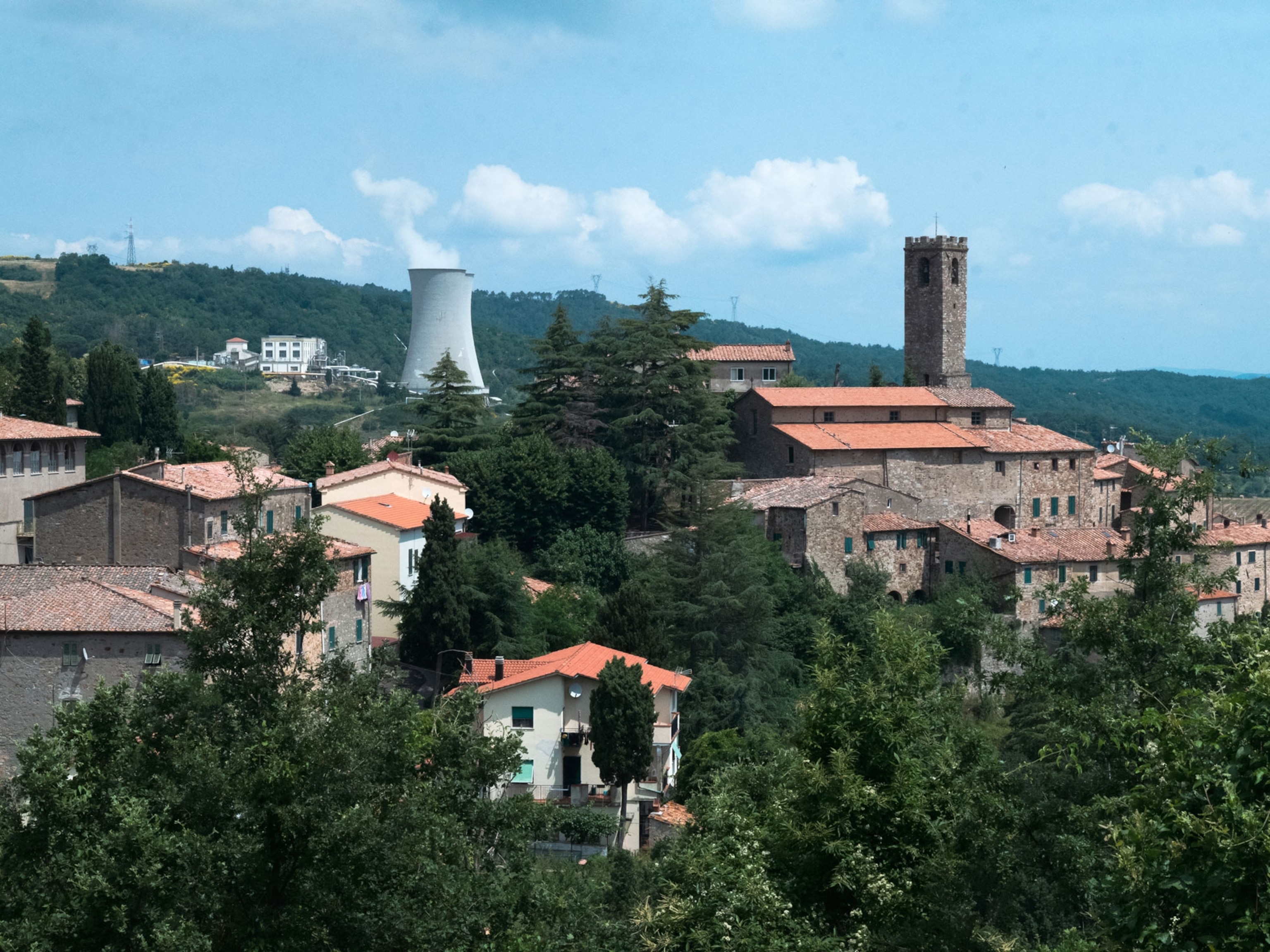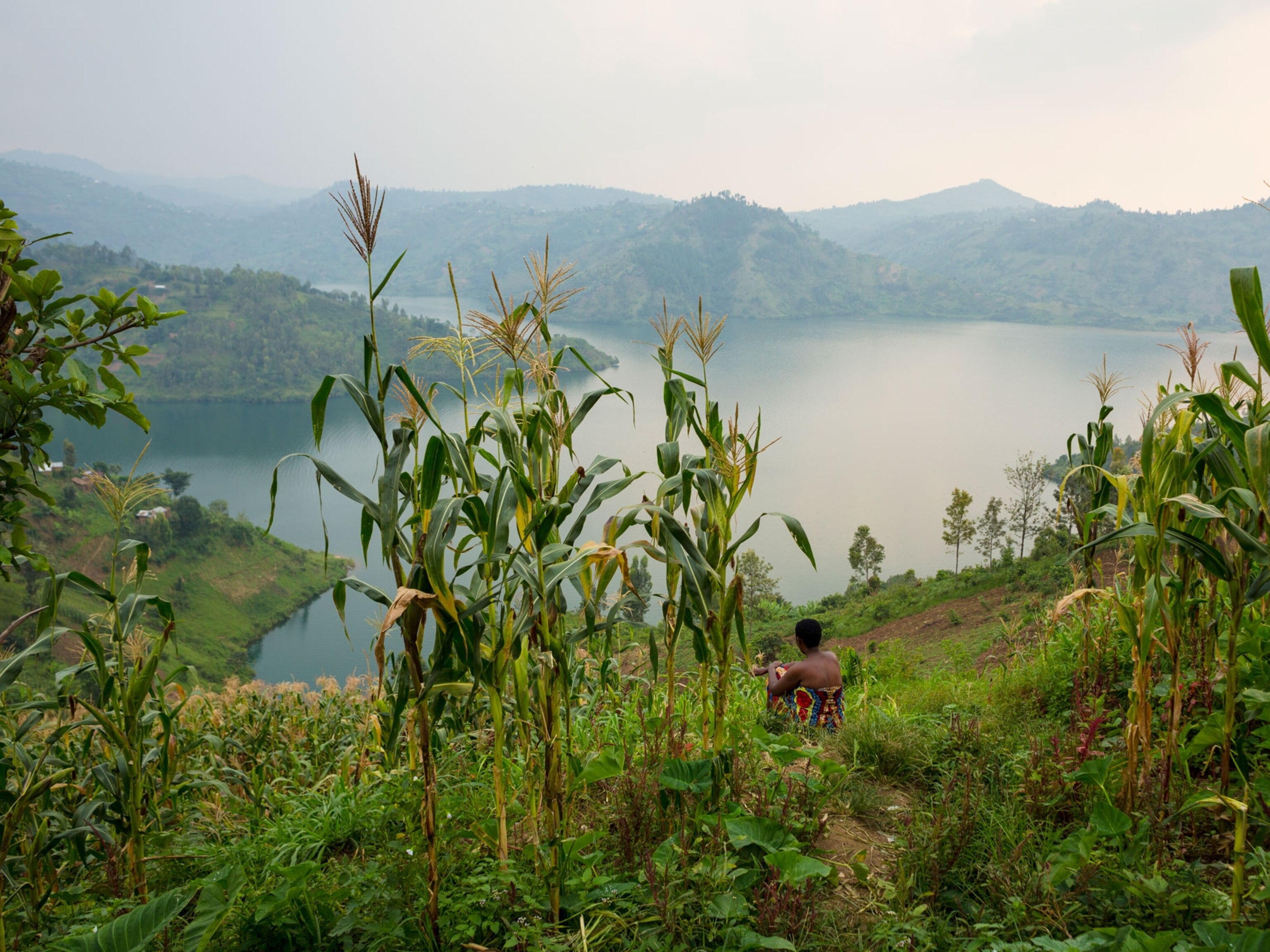
Terra Watt Prize: New Competition Seeks Affordable Energy Solutions for the Poor
More than 1.3 billion people, or approximately one-fifth of the world’s population, live without access to an electrical grid. That is roughly five times the number of people living in the United States, a country that is so plugged-in that access to electricity is all but taken for granted.
In places without electricity, kerosene has become the most common option for lighting. But kerosene is dangerous, dirty, expensive, and inefficient. People who burn kerosene, wood, and other fuels for energy face dire health consequences, including burns and respiratory disease. (See related story: “Five Surprising Facts About Energy Poverty.”)
Alternative energy sources exist, but it is a challenge to get them into the hands of the global poor. National Geographic has taken up the challenge. In a sustainable energy call-to-arms, National Geographic has launched the Terra Watt Prize, a competition to identify and implement cleaner, safer, and cheaper alternative energy solutions to communities that do not have access to the electrical grid. (See related story: “The Solvable Problem of Energy Poverty.”)
One of the factors helping to drive interest in meeting the developing world’s energy challenge is the worldwide proliferation of cell phone coverage. Three-quarters of the world’s population now has access to a cell phone, creating a substantial demand for phone-charging services. This demand has drawn the attention of renewable energy entrepreneurs who are interested in tapping a market with sizeable potential: in Africa alone, people spend an estimated $10.5 billion on kerosene and candles.
As a result, the market for off-grid lighting services has exploded in recent years. The industry started out with basic solar lighting products and has evolved into “a big business with several million products being sold annually,” as noted in a recent report from University of California Berkeley. And a report from the World Bank and IFC-led Lighting Africa initiative notes that sales of modern lighting devices in sub-Saharan Africa grew by 300 percent between 2009 and 2012, surely bolstered by the fact that the devices typically pay for themselves within three to six months.
Investors are bringing capital to the market, as well. The private equity firm Bamboo Finance, for example, launched a $20 million Solar for All fund in 2011 dedicated to investment in developing countries.
While this interest is indeed good news, the level of financial commitment so far is just a drop in the bucket. The United Nations and World Bank have set an ambitious goal via the Sustainable Energy for All initiative to achieve energy access for everyone on the planet by the year 2030. In order to meet this target, the International Energy Agency reports that it will cost $48 billion per year.
“The biggest challenges facing entrepreneurs are access to capital and the need to test sustainable business models,” Katherine Lucey, CEO of Solar Sister, a social enterprise that builds energy access solutions, said at MIT’s Women in Clean Energy Symposium last year. “Neither of these problems is being adequately addressed at this time.”(Solar Sister is a grantee of the Great Energy Challenge. See all grantees.)
One of the goals of the Terra Watt Prize is to match entrepreneurs with investors who are focused on energy access. At the end of the competition, two winners will receive grants of $125,000 to implement demonstration projects providing energy solutions to off-grid communities. The expectation is that these projects will transition into profitable businesses. (See related story: “Low Cost Solar Brightens Lives in the Developing World.”)
To help make that a reality, the Terra Watt Prize has brought in high-quality investors familiar with the challenges of energy access to act as judges. The judges will be responsible for selecting the highest-quality project ideas and, hopefully, they will make separate investments in one or more of the promising companies. Investment in these promising companies will be a measure of the Terra Watt Prize competition’s achievement.
With this contest, National Geographic is helping to play a small part in tackling a big challenge. Long-term success will result in cleaner, safer and cheaper energy alternatives for the global poor.
Related Topics
You May Also Like
Go Further
Animals
- This fungus turns cicadas into zombies who procreate—then dieThis fungus turns cicadas into zombies who procreate—then die
- How can we protect grizzlies from their biggest threat—trains?How can we protect grizzlies from their biggest threat—trains?
- This ‘saber-toothed’ salmon wasn’t quite what we thoughtThis ‘saber-toothed’ salmon wasn’t quite what we thought
- Why this rhino-zebra friendship makes perfect senseWhy this rhino-zebra friendship makes perfect sense
- When did bioluminescence evolve? It’s older than we thought.When did bioluminescence evolve? It’s older than we thought.
Environment
- Are the Great Lakes the key to solving America’s emissions conundrum?Are the Great Lakes the key to solving America’s emissions conundrum?
- The world’s historic sites face climate change. Can Petra lead the way?The world’s historic sites face climate change. Can Petra lead the way?
- This pristine piece of the Amazon shows nature’s resilienceThis pristine piece of the Amazon shows nature’s resilience
- Listen to 30 years of climate change transformed into haunting musicListen to 30 years of climate change transformed into haunting music
History & Culture
- U.K. treasure hunters are finding ancient artifacts—who gets to keep them?U.K. treasure hunters are finding ancient artifacts—who gets to keep them?
- Meet the original members of the tortured poets departmentMeet the original members of the tortured poets department
- Séances at the White House? Why these first ladies turned to the occultSéances at the White House? Why these first ladies turned to the occult
- Gambling is everywhere now. When is that a problem?Gambling is everywhere now. When is that a problem?
Science
- Should you be concerned about bird flu in your milk?Should you be concerned about bird flu in your milk?
- Here's how astronomers found one of the rarest phenomenons in spaceHere's how astronomers found one of the rarest phenomenons in space
- Not an extrovert or introvert? There’s a word for that.Not an extrovert or introvert? There’s a word for that.
- NASA has a plan to clean up space junk—but is going green enough?NASA has a plan to clean up space junk—but is going green enough?
Travel
- Germany's iconic castle has been renovated. Here's how to see itGermany's iconic castle has been renovated. Here's how to see it
- This tomb diver was among the first to swim beneath a pyramidThis tomb diver was among the first to swim beneath a pyramid
- Food writer Dina Macki on Omani cuisine and Zanzibari flavoursFood writer Dina Macki on Omani cuisine and Zanzibari flavours
- How to see Mexico's Baja California beyond the beachesHow to see Mexico's Baja California beyond the beaches




